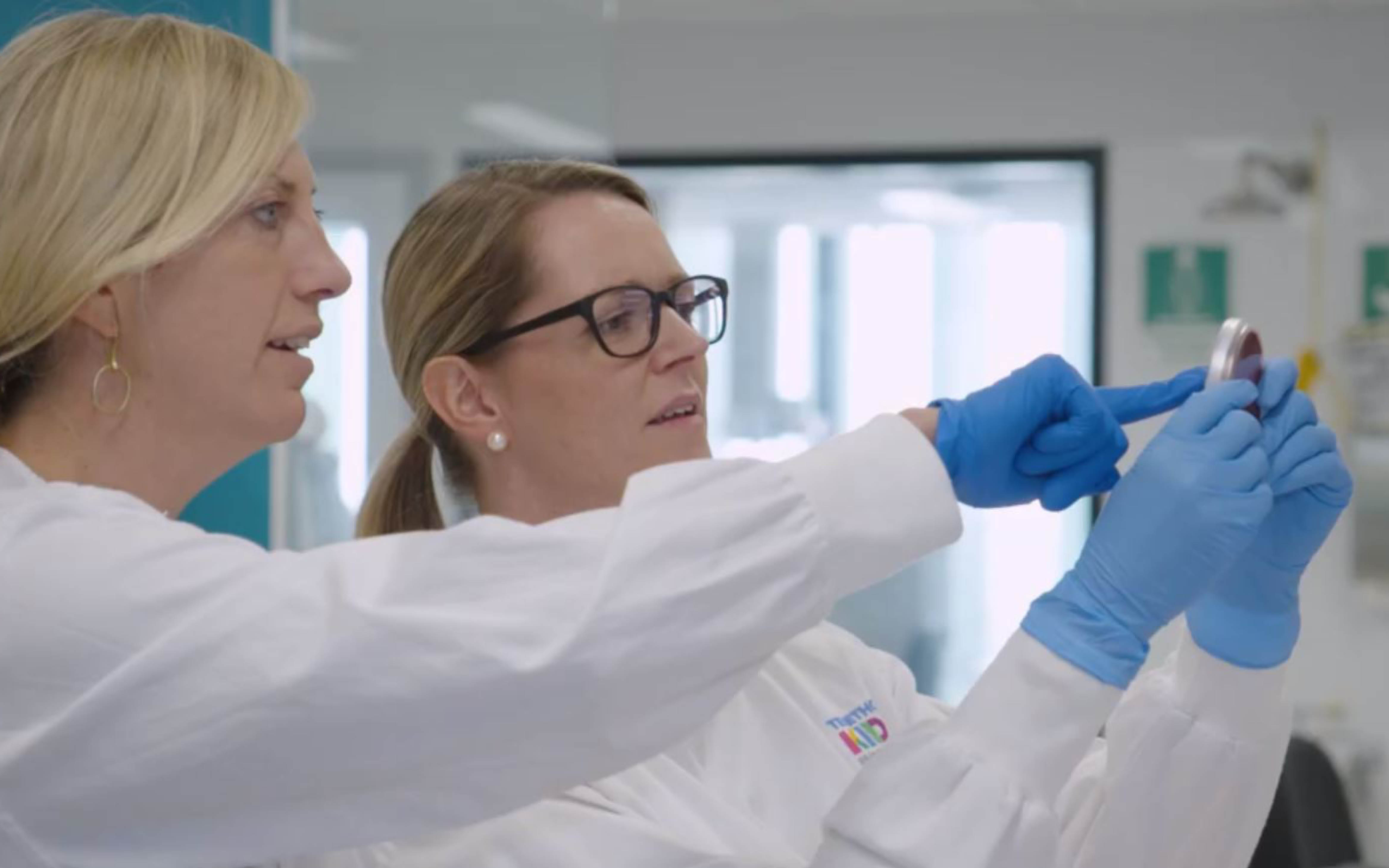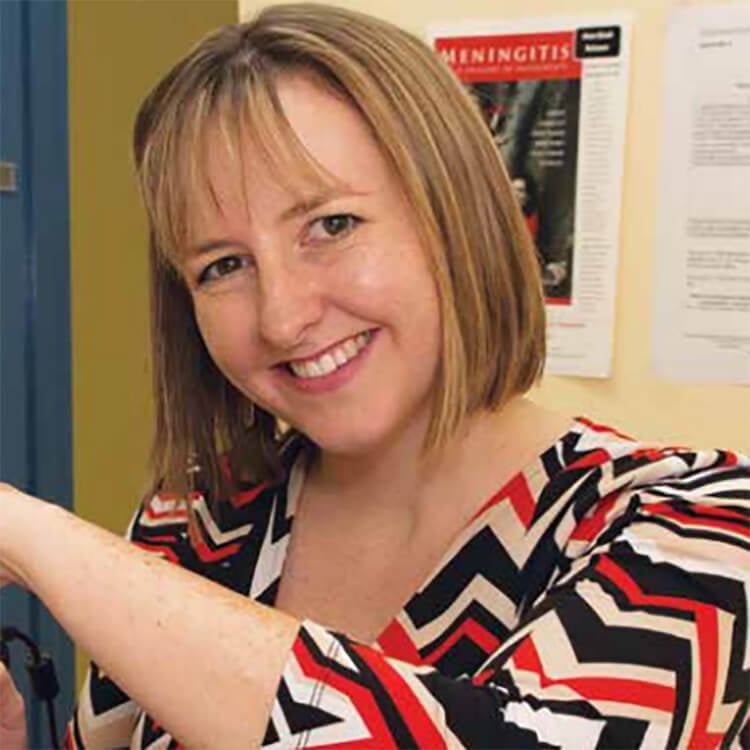Search
Research
High concentrations of middle ear antimicrobial peptides and proteins are associated with detection of middle ear pathogens in children with recurrent acute otitis mediaElevated antimicrobial proteins and peptides and cytokines in middle ear effusion are a marker of inflammation and bacterial persistence
Research
Identifying barriers and facilitators for the effective diagnosis and provision of primary health care for otitis media from the perspective of carers of Aboriginal childrenTo identify the barriers and facilitators for timely detection and optimal management of otitis media in Aboriginal children in a primary care setting from the perspective of carers of Aboriginal children.
Research
Bacillus licheniformis in geogenic dust induces inflammation in respiratory epitheliumWe have previously demonstrated that mice exposed to geogenic dust PM10 experienced an exacerbation of inflammatory responses to influenza A virus.
Research
Role of viral and bacterial pathogens in causing pneumonia among Western Australian children: A case-control study protocolWe aim to determine the contribute of bacteria and virus to childhood CAP to inform further development of effective strategies.
Research
Rationale and methods of a randomized controlled trial of immunogenicity, safety and impact on carriage of pneumococcal conjugate and polysaccharide vaccines in infants in Papua New GuineaVaccination trials in high endemicity areas are needed to provide evidence and guidance on idea strategies to protect children in these areas against infections
Research
Pathogens on the rise: is impaired immunity the cause of chronic ear and chest infections?Ruth Elke Peter Thornton Seppanen Richmond PhD BSc PhD MBBS MRCP(UK) FRACP Co-head, Bacterial Respiratory Infectious Disease Group (BRIDG) Program

The Bacterial Respiratory Infectious Disease Group (BRIDG) has a major focus ear and lung disease involving Streptococcus pneumoniae and Haemophilus influenzae.

People
Associate Professor Lea-Ann KirkhamCo-Head, Bacterial Respiratory Infectious Disease Group; Microbiology Lead, Wesfarmers Centre of Vaccines & Infectious Diseases

Research
Evaluating the effectiveness of the Play Active policy intervention and implementation support in early childhood education and care: a pragmatic cluster randomised trial protocolDaily physical activity is critical during the early years of life for facilitating children's health and development. A large proportion of preschool children do not achieve the recommended 3 h of daily physical activity. Early childhood education and care (ECEC) services are a key setting to intervene to increase physical activity. There is a significant need for ECEC specific physical activity policy, including clearer guidelines on the amount of physical activity children should do during care, and strategies for implementation of these guidelines.
